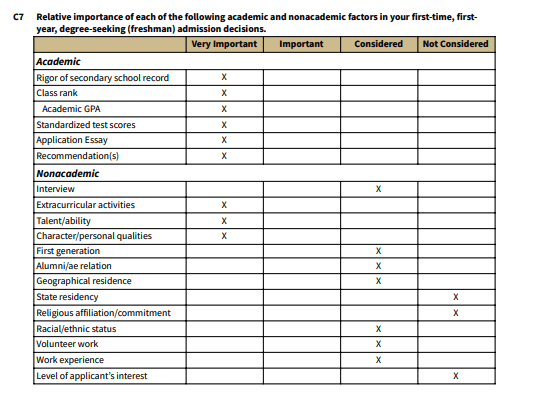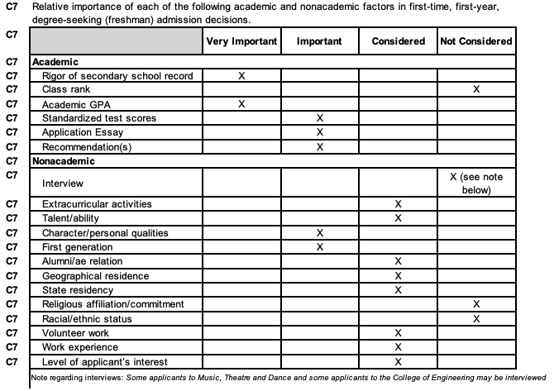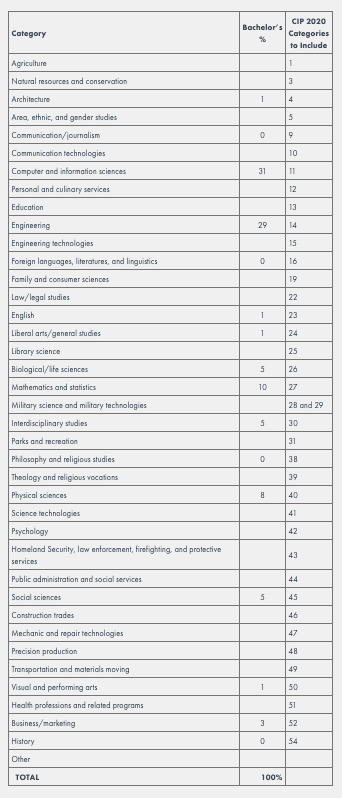The rules that govern college admissions are mostly invisible. They’re hoarded by admissions officers and by the private consultant firms who hire them after they leave.
We make it our mission to demystify those rules. But telling you about the general protocols for how admissions offices evaluate students doesn’t go far enough.
Why not?
Because you aren’t applying to schools, generally. You’re applying to Yale. You’re applying to the University of Michigan. You’re applying to Reed College. And no amount of generality will give you a specific edge in your applications to those schools.
That’s why we’d like to introduce you to our friend—the Common Data Set.
The Common Data Set (CDS) is a coalition of companies and many, many schools. The project aggregates and distributes some extremely interesting (and useful) pieces of information about the admissions landscape in higher education.
The Common Data tells you a lot of things. It says how many students were admitted into the Early Decision class at Brown. It says what percentage of the 2020 Stanford class came from the midwest. It gives detailed data about the percentage of the class who were awarded aid money, and how much they got on average.
Those figures are all useful. But the most important part of the CDS (we think) is lurking in a section called “Basis for Selection.” In this section, the CDS gathers and reports data about the relative importance of the many different factors that go into admissions evaluations at each individual school.
The charts break down the importance of things like… Weighted GPA, class rank, essays, “personal character,” work experience, religious affiliation, and more.
And when you look at the CDS reports for two institutions side-by-side, you’ll see that they’re often shockingly different.
Here’s a picture of Stanford’s CDS breakdown for the different factors.

Now here’s Michigan’s.

Notice anything different? Well, you should, because almost the two schools assign different values to almost every single row.
MIT’s is funny—they only assign a single value the “very important” score. It’s “personal characteristics.” Who knew?
We argue that the CDS is one of the most important tools in an applicant’s arsenal. Quite simply, it allows you to peer inside the admissions process of any school that submits it (most do) and think clearly about how your application stacks up to the school’s criteria.
Say you’re an athlete with a great GPA but mediocre extracurriculars. Hey—look for a school that ranks extracurriculars in the “important” category but prizes GPA and athletic contributions. They exist.
If you have a clear sense about your application’s strengths and weaknesses, you can use the Common Data Set to plan your school list. Cherry-pick schools that value elements where you’re strong and avoid those that lean to the places where you’re weaker.
There’s one other amazing feature of the Common Data Set that we want every applicant and their family to know about: the degree completion table.
This table tells you what percent of degrees were awarded in a given year across all of the academic disciplines. Now, it can be a bit misleading: this data doesn’t show major-level data. It doesn’t tell you how many people got a “computer science” degree; it says the percentage of students who were awarded a degree within the “______” field.
But that information, especially for more competitive majors like CS or Engineering, is a gold mine.
Take a look at the degree breakdowns between two highly selective schools—let’s say Yale and MIT.
Here's Yale's:

And here's MIT's:

Now, predictably, MIT has a very high concentration of degrees awarded in the hard sciences. But it has a comparatively tiny number in the social sciences or humanities. Even though MIT has absolutely amazing social science courses.
Yale shows somewhat of the inverse trend. A huge proportion of their degrees are awarded in the humanities and social sciences, with STEM degrees lagging far behind.
How can you use this information? Well, you can, again, build your school list by focusing on schools that aren’t oversaturated in the degree you're trying to pursue.
We built this functionality for you in our Common Data Set tool. You can filter schools by your strengths and by the saturation of your degree area. From there, you can build a list of schools that value your strengths and that have space for students with your interests.
Happy exploring!